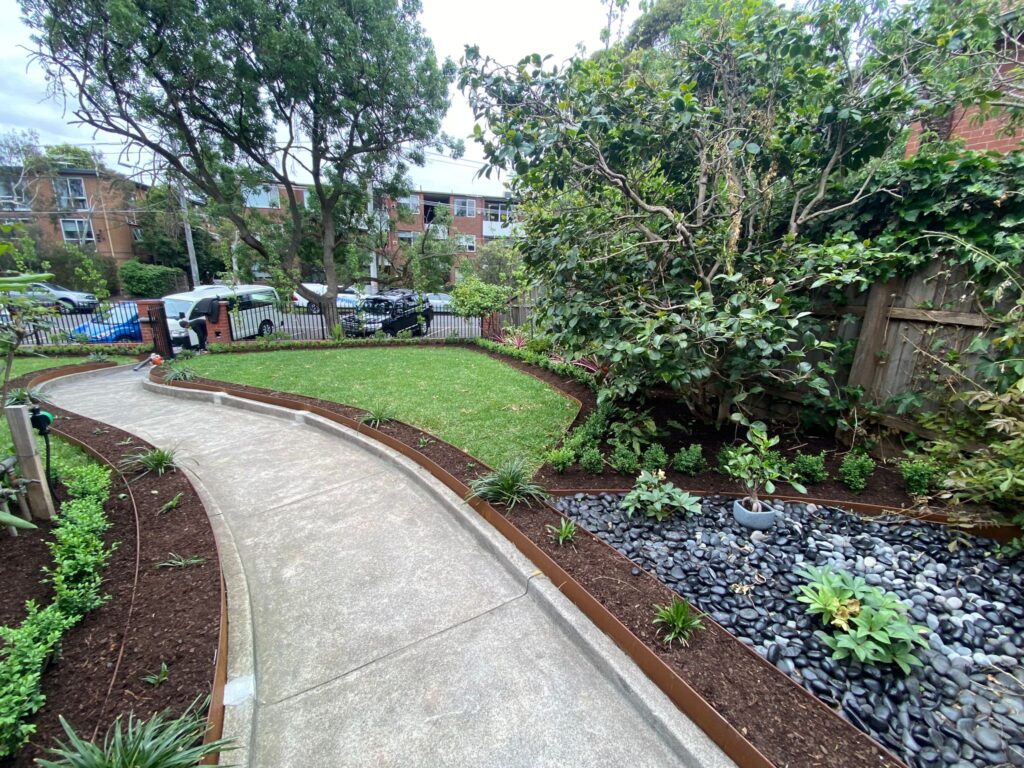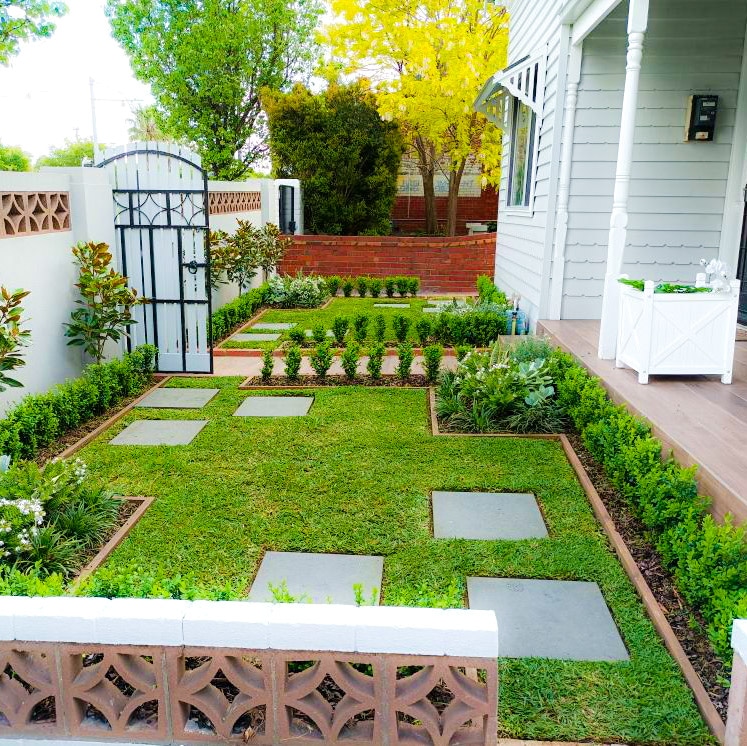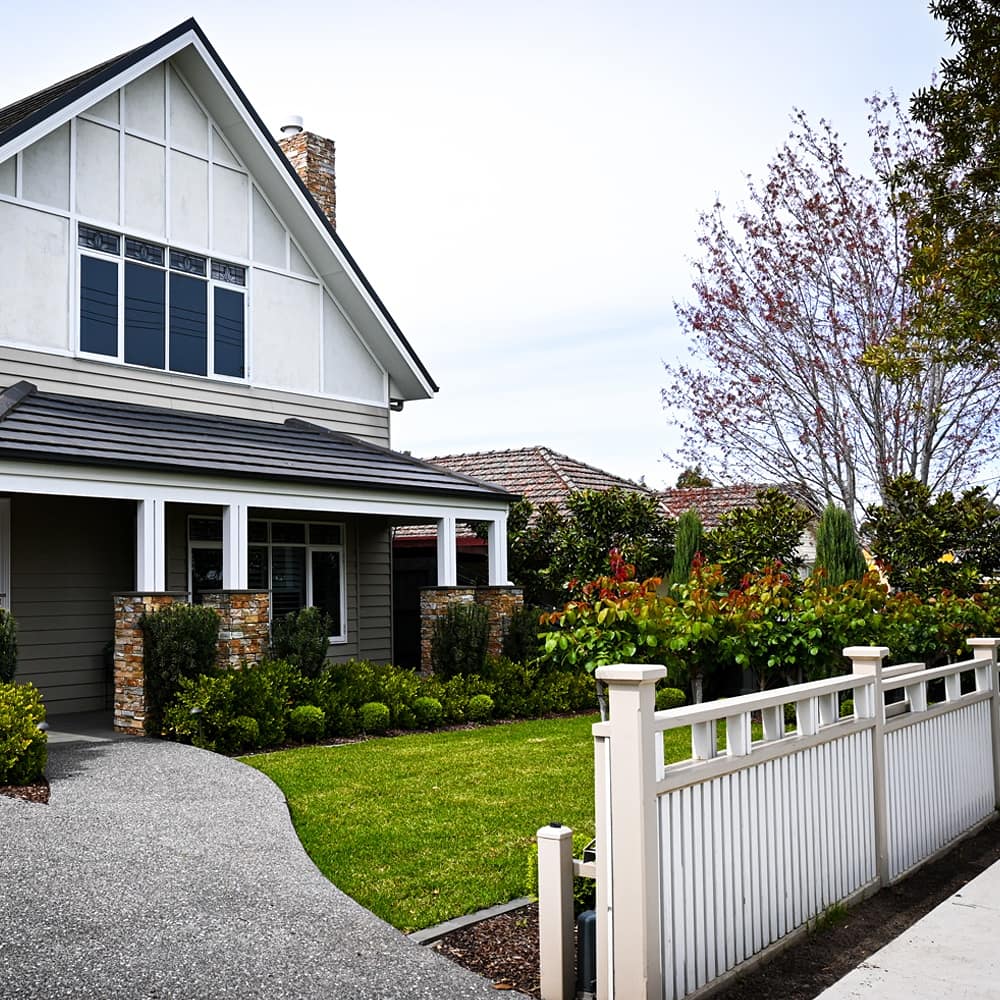Must Have Maintenance’s garden edging services keep your garden looking its best all year round. Our team of expert gardeners can upgrade your existing garden edging or refresh it with a new installation or clean up. Book our garden and lawn edging Melbourne service today.
Why Choose us For Your Garden Edging In Melbourne
You can never go wrong with Must Have Maintenance if you need high-quality garden edging services. Our team has years of experience working in the garden service industry, giving us the knowledge and expertise to better serve our clients. Our experts can handle everything, from general garden cleanup services to regular lawn maintenance and garden makeovers.

Experts in garden edging and landscaping projects in Melbourne
We take pride in having experienced garden care experts in our team. We can assist you in designing the ideal garden landscape, creating borders in your lawns to make them look more crisp and tidy.

Professional reputation among homeowners and businesses
Over the years, Must Have Maintenance has consistently delivered on our promise of providing excellent garden care services. That is why homeowners and businesses in Melbourne’s eastern and south-eastern suburbs rely on our name for their garden care and lawn maintenance needs.

Quality installation and maintenance services
Quality service is important to our team. We guarantee quality garden edging installation that is both durable and long-lasting. What’s more, we offer maintenance services to keep your garden edging looking its best.
Get Your Garden Edging Done in 5 Easy Steps
Giving your garden a neat, crisp look is not as difficult as it appears. Here are our five simple and hassle-free steps for getting the perfect garden or lawn edging to maintain your yard space.

First, call us and speak with one of our experts. Tell us how you want your garden edging during the call, and we will recommend a solution from our selection for you.
Our experts will conduct an inspection on your property. This visit typically includes a 90-minute garden evaluation to assess the current state of your garden and to determine the best garden edging that works for the yard space.
Following the evaluation of your garden, our team will recommend the most effective garden edging solution to meet your needs. You can also share your ideas with us to ensure that your garden edging matches your style and preferences.
Our team then gets to work to provide you with the garden edging that you need. We will install your garden edging according to professional standards.
Lawn edging isn’t usually a one time solution. If you’re interested, we can take care of maintenance for you, scheduling regular lawn-edging to keep your garden looking its best. Get in touch with our team today to learn more.
Give Your Garden A Cleaner Look With These Edging Options
Must Have Maintenance provides a wide range of professional garden edging services for Melbourne’s residential and commercial eastern and south-eastern suburbs. Our selection includes:
Timber Edging
Timber edging is the best choice for garden edging if you want a flexible material. Timber is ideal for garden edging because it is lightweight and easily formed to fit the landscape design of your choice.
Steel Edging
Many homeowners and businesses in Melbourne choose steel garden edging for their landscaping for good reason. Steel garden edging creates a landscape that is clean-cut and crisp, adding visual appeal to your property gardens.
Plastic Edging
Plastic edging is a versatile and cost-effective choice for your garden. It’s a long-lasting edging solution that will continue to look great for years to come. With several colour options available, it’s popular choice for many homeowners.
Stone, Brick or Concrete
Garden edging made of stone, brick, or concrete adds a stylish finishing touch to your landscape. Must Have Maintenance’s garden specialists are experienced in matching the best stone, brick, or concrete to give your landscape an added flair and modern feel.

 1300 687 846
1300 687 846
